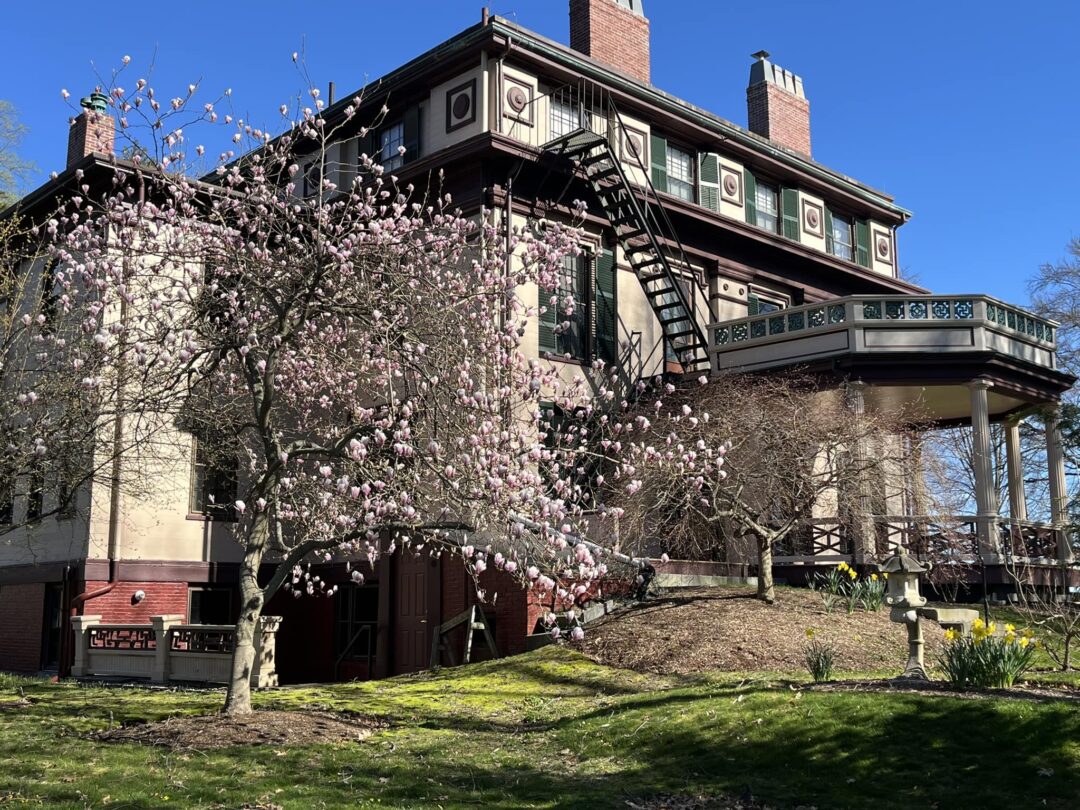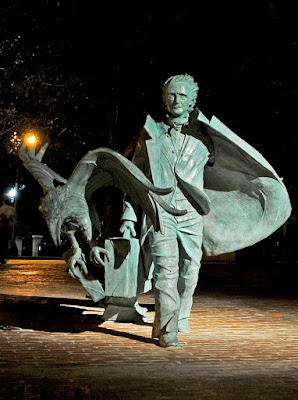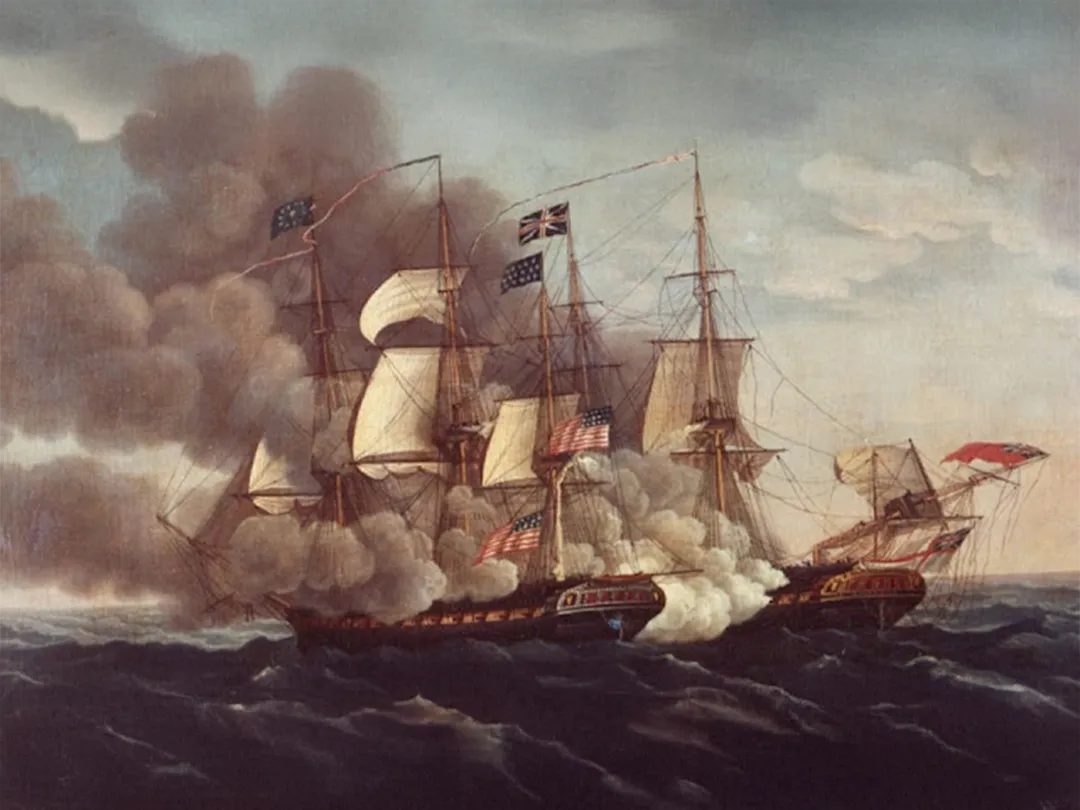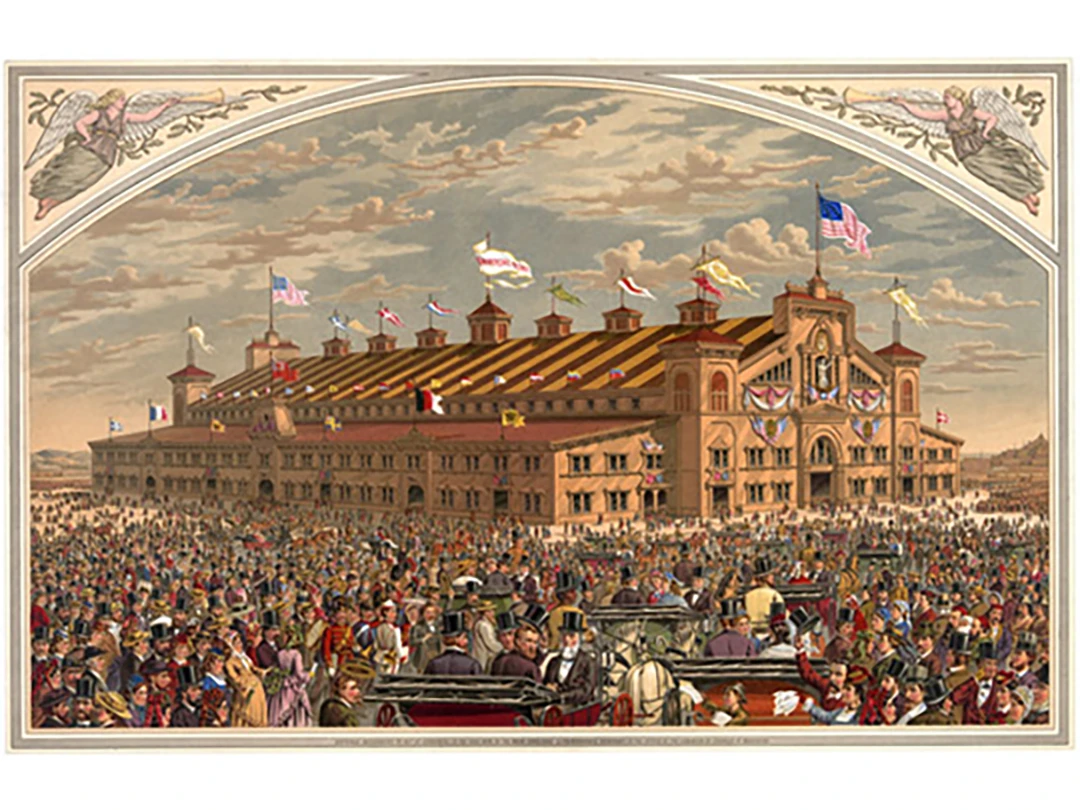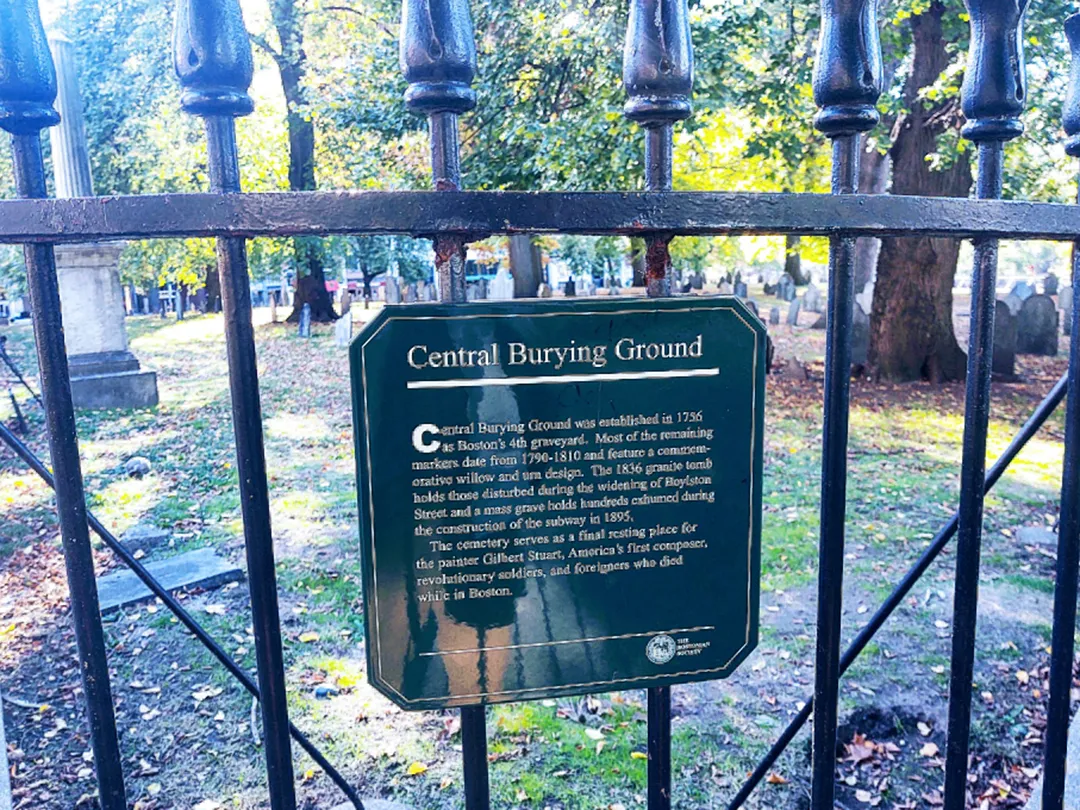Irish-Born Sculptor Launt Thompson Created Iconic Civil War and Classical Statues in America


Irish-born Launt Thompson (1833-1894) was a consequential American sculptor of the 19th century whose monuments of the Civil War and classical themes were hailed during his lifetime.
Born in Abbeyleix, County Laois, Ireland in 1833, he emigrated in 1847 with his widowed mother and settled near Albany, New York.
Like the other Irish sculptors such as Martin Milmore, Thompson had a remarkable natural talent for drawing and visualization, which was noticed early when he was working in the office of an anatomy professor. “He was endowed with an intuitive grasp of the sculptural side of things, and with an artistic conscience,” wrote Lorado Taft in his influential book, The History of American Sculpture.
Thompson received several Civil War commissions, including The Color Bearer, which honors the fallen soldiers of Pittsfield, Massachusetts. The 10.25′ high bronze sculpture of a Civil War color sergeant is standing upright, holding a flag on his right side with both hands. A sword hangs from his left hip.
Unveiled on September 24, 1872, the monument “was cast in the bronze from Civil War cannon barrels,” according to Berkshire Eagle reporter Robert Sakata, In 2013, the City of Pittsfield spent $40,000 to restore the statue, so it “would again glisten in the sun.”
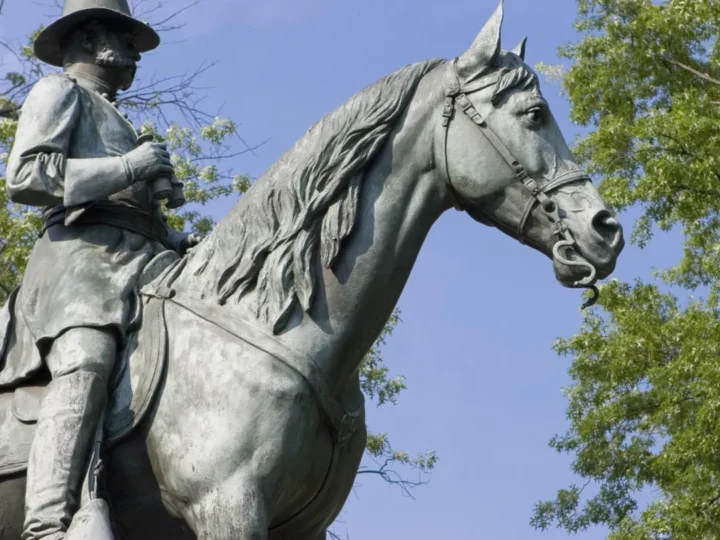
In addition, find Thompson’s statues for General Winifred Scott in Washington, DC, General Ambrose Burnside in Providence and General John Sedgwick at West Point, NY. In 1874, Yale University granted Thompson an honorary degree of M.A. when he was 41, and he was selected to make the statue of Yale’s founding president Abraham Pierson.
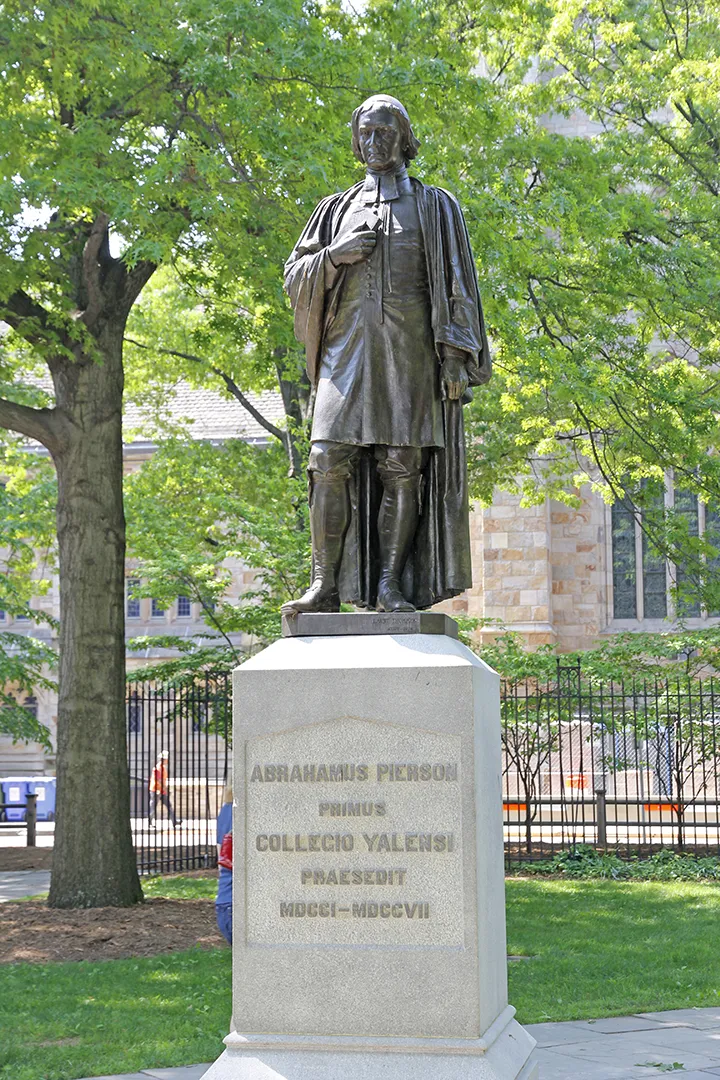
Thompson moved to Europe in 1868 and studied in Rome and Florence, retiring again for six years in 1875, before returning to New York, where he completed sculptures such as Tennyson’s Princess, Napoleon I, Edwin Booth as Hamlet, and Rocky Mountain Trapper.
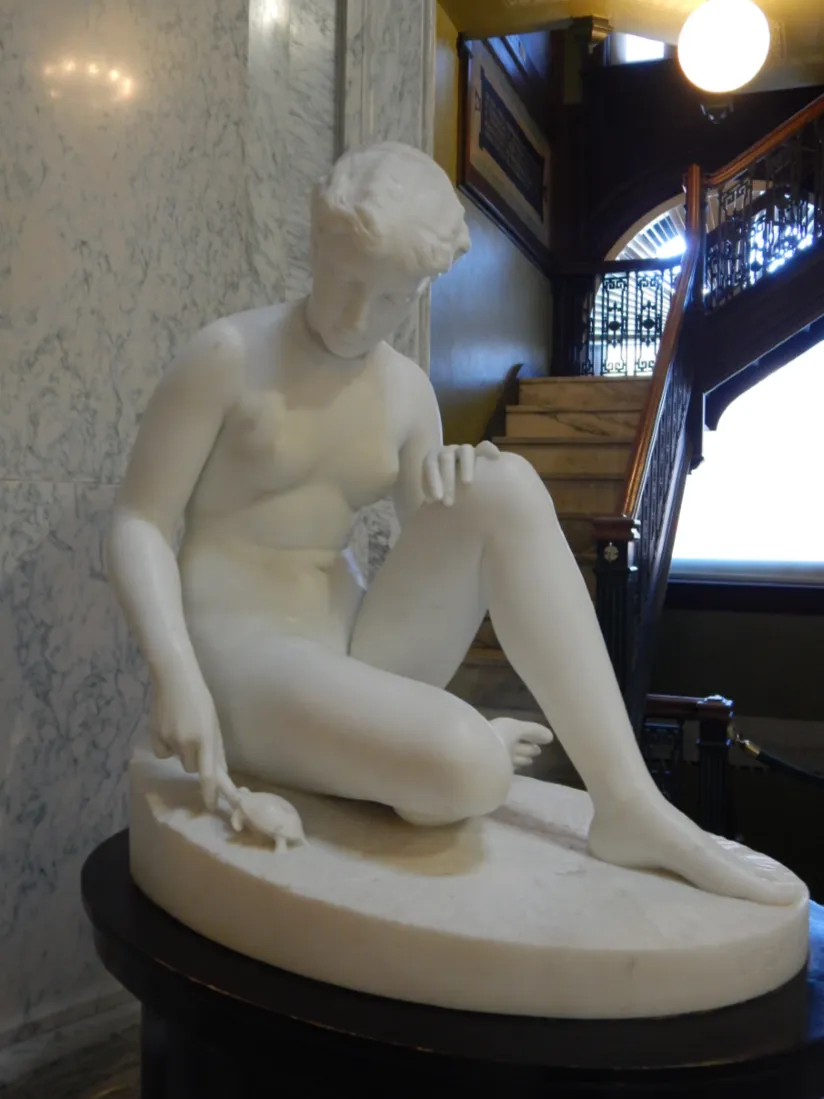
As a nod to the classical muses of art and philosophy, Thompson titled several of his works Innocence, Joy, Grief and Unconsciousness.
Despite his popularity and success, Thompson became became despondent and alcoholic in his later years, and had a sad demise. He died on September 26, 1894.
Enjoy articles like this?
Join our mailing list and have the latest sent to your inbox.







